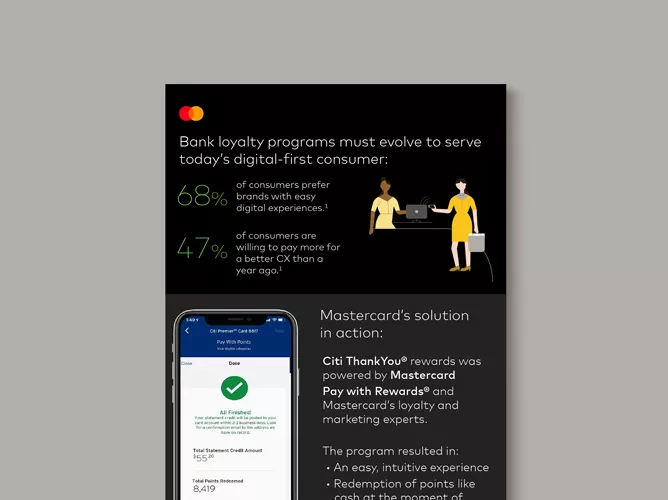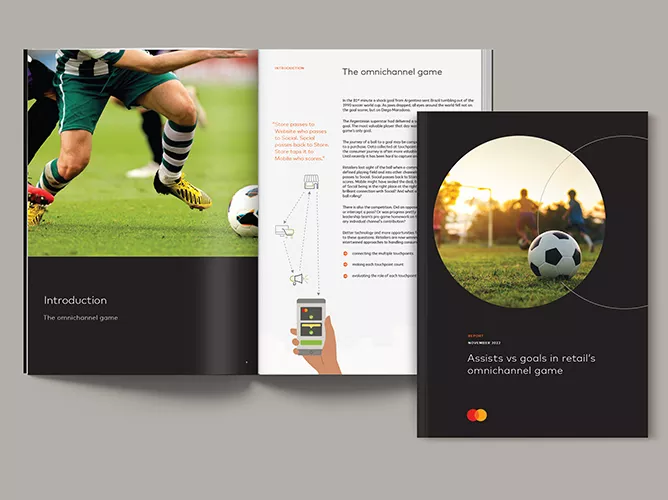Putting loyalty to the test
By Shabina Anwar and Nicolas Buc, product development
Has loyalty disappeared? Not at all but it has indeed been transformed. In a TruRating survey of over 32,000 consumers last June, 26% said they had changed the brands they buy because of Covid, and over half of consumers said loyalty programs have recently influenced their buying habits.
Even still, loyalty has become more complex than ever thanks to the pandemic, which forced organizations and consumers to take a hard turn toward digital channels. As a result, many brands were suddenly on equal footing, unable to woo consumers with the same strategies. Those brands that could digitally engage with the influx of consumers were better positioned to gain new customers and keep them.
With the start of 2022, there’s hope that the pandemic will wane. So how will consumer loyalty continue to evolve? That’s a complex question to answer, which is why Mastercard launched its Loyalty Sandbox to help companies test new consumer experiences with loyalty programs. The sandbox allows organizations to test new approaches to loyalty by bringing together Mastercard loyalty and engagement platforms in one sandbox. In the past, brands needed to imagine how different loyalty assets could create a compelling offering. Now, because Loyalty Sandbox connects different loyalty platforms through a cloud-based middleware and creates the user experience on a mobile app, it enables brands to test out an experience and determine whether it's worthwhile to make an investment in its execution.
The sandbox will include platforms like SessionM, which orchestrates loyalty programs for large brands, the Personalized Offer platform, which organizations like Citibank and American Airlines use, and the Pay with Rewards platform. The sandbox collects data from one system, presents it in the mobile app, and adjusts it to push into the next system making it truly interoperable.
Breaking through the digital noise
With consumer trends changing rapidly, it’s vital that companies innovate quickly. This sandbox approach to innovation, commonly used in software development, gives retailers and banks a way to test solutions to challenges, such as reengaging customers who haven’t been as active or incentives for customers acquired during the pandemic. The platform is flexible enough that companies can adapt based on their programs and the challenges they’re trying to tackle. In addition, companies using the Loyalty Sandbox can connect and accelerate the development of the customer experience to the development of the final solution.
A sandbox environment allows companies to quickly validate the new experiences they’ve tested and minimize or better inform any technical requirements for a full-scale solution.
Another interoperable way to use the Loyalty Sandbox is to issue “real” co-brand cards in real-time, process real payments, and expand the experimentation to various forms of payments and rewards directly integrated with the commerce and loyalty experience. It can also connect customers’ data sources such as travel data, allowing companies to experiment with new experiences integrated between different travel providers.
We’re now working on expanding the Loyalty Sandbox to experiment with different partnerships and combine data and services from several parties to create new approaches to reaching and engaging consumers and validate new business models.
Like many, we're hopeful that 2022 will be a far different year than the previous two. But consumer trends will continually evolve as more channels and formats give consumers richer experiences. Therefore, it’s important that companies find the most innovative strategies to foster loyalty with experiences consumers will appreciate and value.













